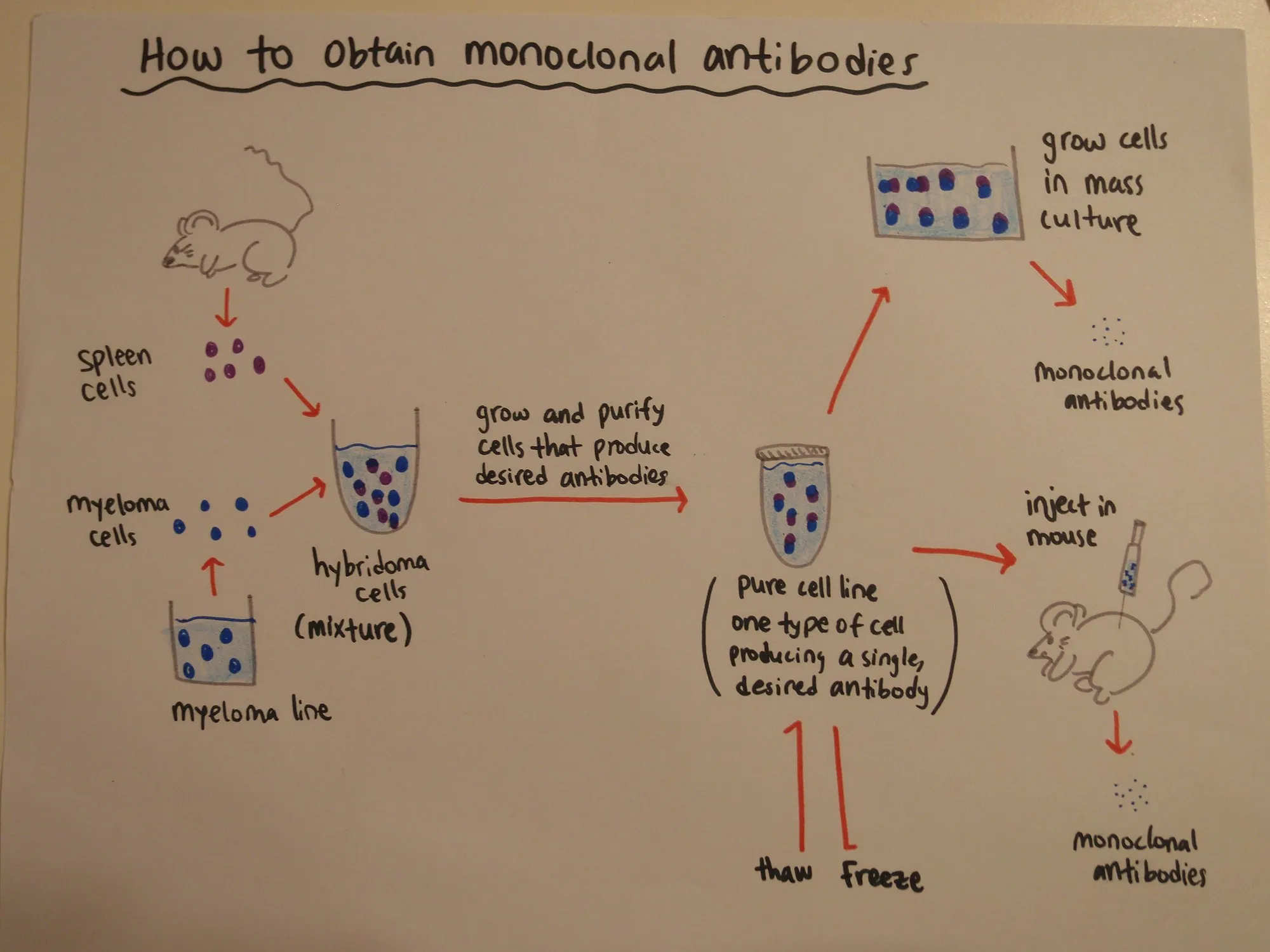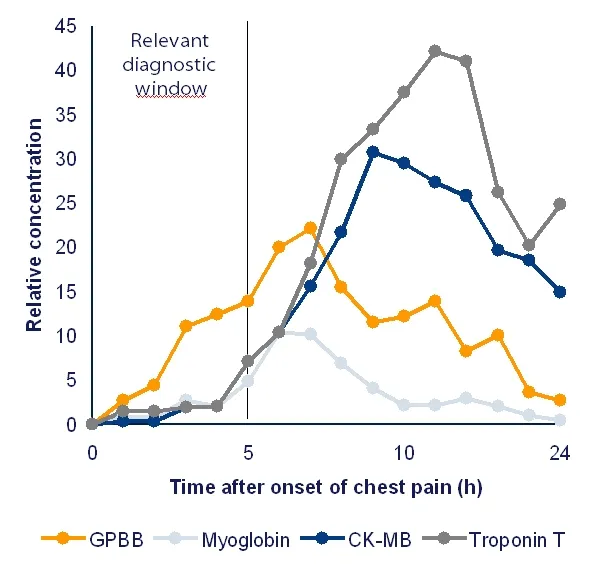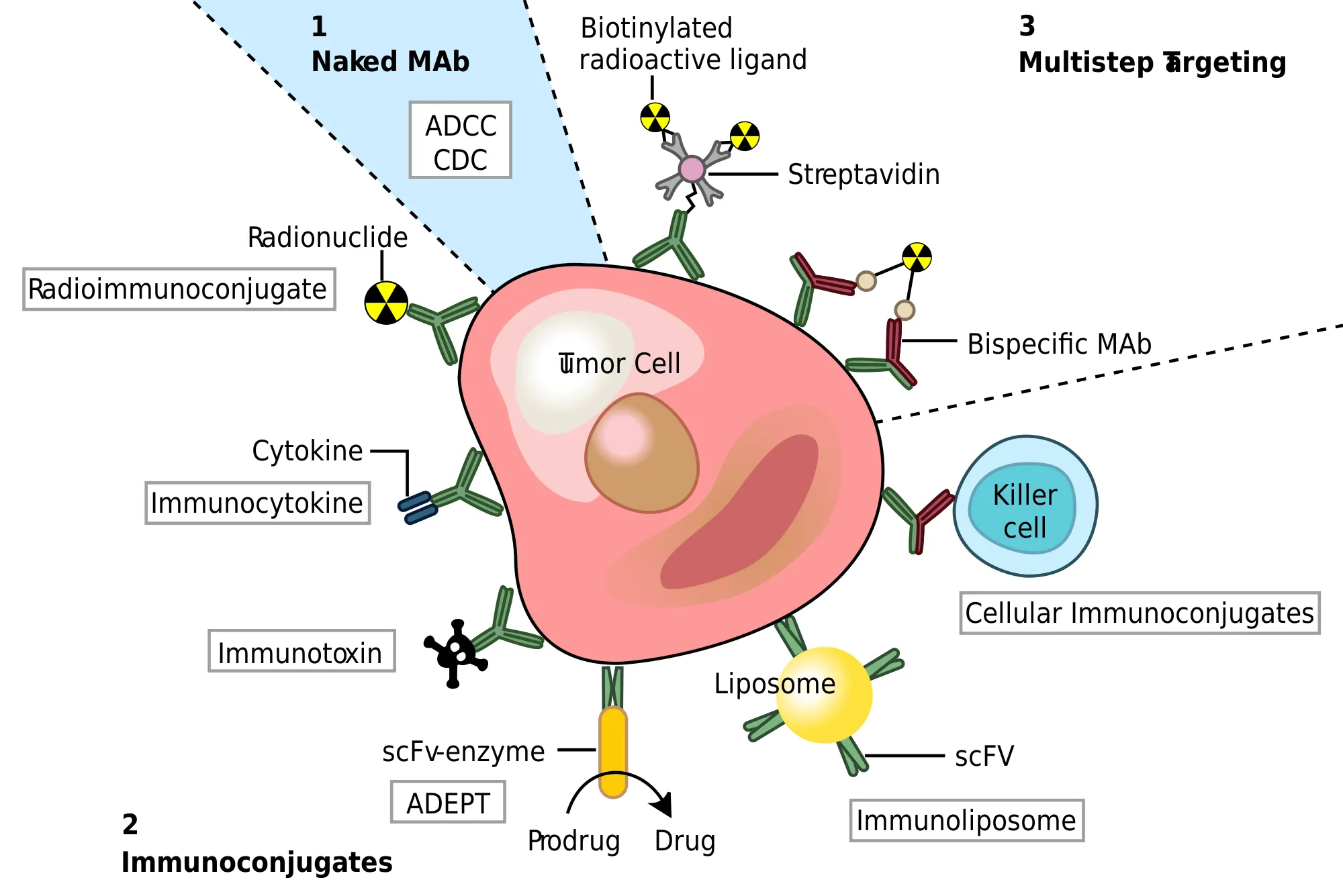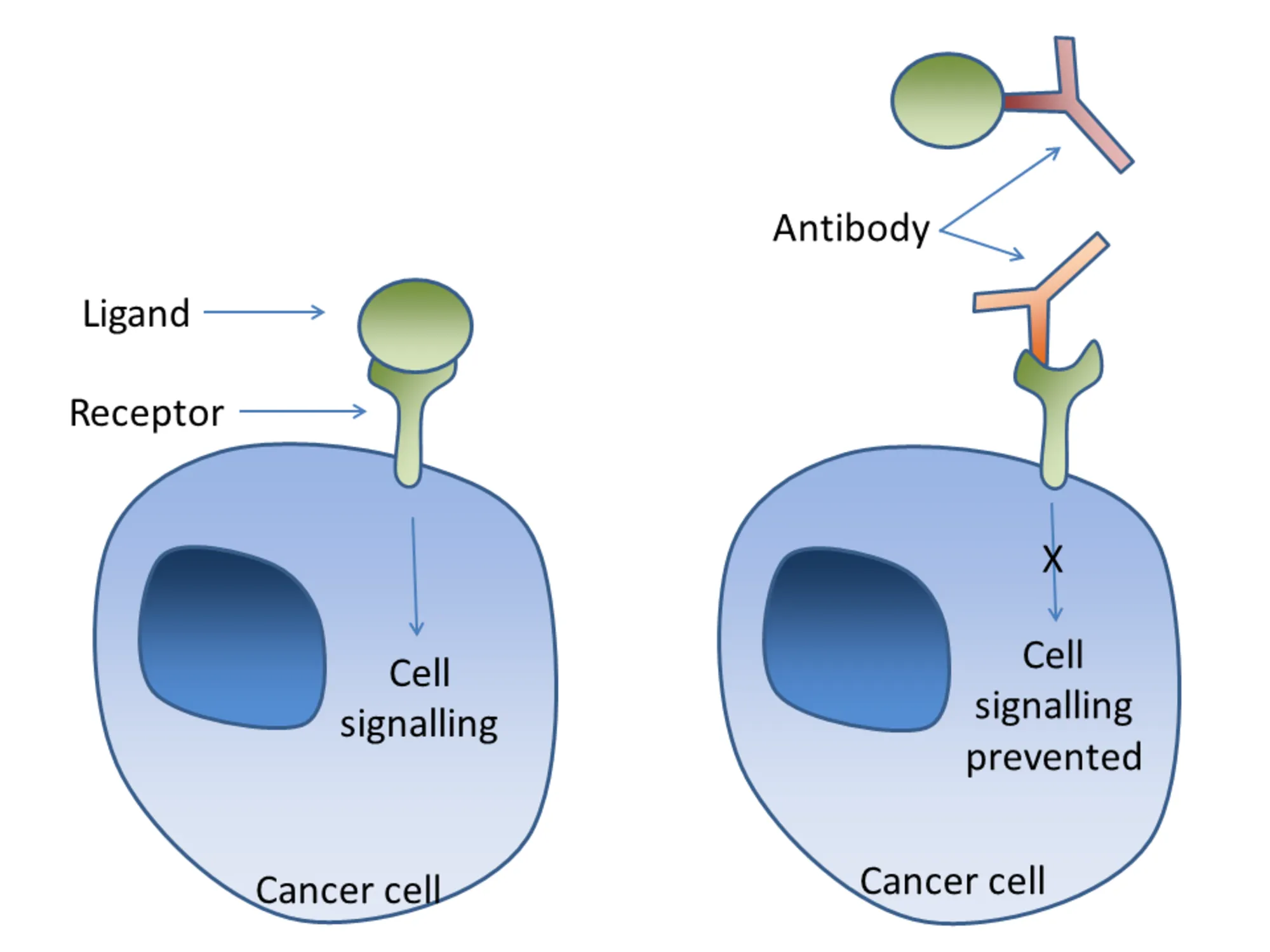Recently, the news about research discoveries has put a lot of smiles on the faces of many and more cancer patients. Personally, I love research studies that are aimed at finding the solution to cancer cure, and from the discoveries so far, my joy knows no bound. If you are very eager to know what we have today, you can quickly slide down to read about the findings, otherwise, join me as I break down some things that you probably do not know.
"I imagine you heard about the small study that was done that eradicated all signs of cancer in 100% of the patients who received the experimental therapy. Gives one hope! Scientists have been predicting for decades that curing cancer is just around the corner, and for the first time, it seems that something like that might be possible sooner than we think. Do you have any thoughts on whether we will see the eradication of cancer within our lifetime?
The above comment/question was made/asked in my previous article by @alexanderalexis and believe me when I say this, we are indeed not far. The possibility of total eradication of cancer of all kinds is on the positive side.
Today, I wish to intimate the hive community about what has happened thus far. Previously, I discussed some of the therapies like CAR T-cell therapy and keytruda aimed at the destruction of cancer cells and also how they work. In this article, I will go a little further to explain in detail how cancers and the drugs/therapies used for their destruction are named and in the same vein also throw more light on breast cancer classification. Subsequently, in our next post, I will lay good emphasis on triple-negative breast cancers and why they seem difficult to be treated.
Reading this article will help you understand better, the nomenclature of different types of cancer - Breast cancer and why therapies are really geared up to finding long-lasting solutions. Trust me when I say this, you are in for an interesting ride. Sit tight and enjoy, it promises to be interesting. Let's begin with how cancer therapies get their names.
What is behind the therapy names?
Most of the therapies that have been seen to be responsible for these results incorporate a special type of antibodies known as Monoclonal antibodies. Antibodies as we over time learned, polypeptides (containing numerous amino acid functional groups and held by amide bond) with carbohydrates moiety attached to them. They are generally produced in response to an immune attack.
Basically, they are of two types - the Monoclonal antibodies and the polyclonal antibodies. Polyclonal antibodies are easily seen in animals because they are more commonly produced against pathogens bearing unique antigens which the body detects in an attack. So in a nutshell, antibodies are produced against antigens. Polyclonal antibodies usually are not so specific compared to monoclonal antibodies and that's why their application is limited.
Monoclonal antibodies are a type of antibody that is more specific and has several applications in medicine. They are mostly produced from animals artificially. To get monoclonal antibodies, animals are mostly used. The first step is to inject the antigen of choice into the animal, in response, the animal detects this antigen as foreign and produces antibodies against it. Now, we are not interested in the antibodies it has produced but rather, we are interested in the cells that produce them in the animal. These antibody-producing cells are called plasma B cells
These plasma B cells are then harvested from the animals and further fused with a myeloma cell. A myeloma cell is a cancer cell. You might want to ask, why fuse it with cancer cells? Isn't it dangerous to do so? Well, It is actually not. Recall that cancer cells are immortal and they continue to grow with no restrictions so far they have their food supply. This is the major attribute that is taken advantage of in the production of monoclonal antibodies.
The myeloma cells' fusion with the plasma B cells results in Hybridization and the resulting cell line is called **hybridoma cell lines. This union favors the plasma cells because the myeloma cells will help it continue its antibody-producing indefinitely. As the hybridoma has been extracted, it is further purified to ensure that what we have is just a particular cell line that is producing only one type of antibody.
After the purification, you can then either grow a hybridoma cell line in cell culture to harvest as many quantities of monoclonal antibodies as you want or you inject it into a mouse and harvest the monoclonal antibodies it will produce. The main aim here is to ensure the source nutrients supply is adequate. In all, what you have is the production of a specific antibody continuously.
 How to obtain monoclonal antibodies from animals
How to obtain monoclonal antibodies from animals
As long as the myeloma cells remain hybridized with the plasma cells and the supply of nutrients they need is in constant supply, you will reap in abundance, numerous monoclonal antibodies. Hybridoma cells have two major attributes - immortality and continuity.
Suppose, I wish to produce a monoclonal antibody for a particular type of breast cancer, all I need is to get the antigen-specific to that particular type of breast cancer and inject it into an animal, harvest the plasma B cells from the animal and then fuse it with a myeloma cell. The end result will be a continuous production of antibodies specific to the breast cancer antigens I injected into the animals. I can then use the monoclonal antibodies for anything I want to do regarding cancer.
Now that we have a better understanding of antibodies as it relates to their production, we will now take a look at their application in cancer research and how they have played a huge role in the development of therapies that have helped in finding the solution to cancer diseases thus far.
If we decide to explain all the principle behind the procedures and therapeutic approach to cancer, this article will end up turning into a textbook. So our focus will be on the basics and then we explore the recent novel approach which is the use of monoclonal antibodies.
The basic nomenclature of cancers, their drugs, and therapies
The cancer type
There are many approaches to the treatment of cancer disease. Some may just require simple surgery to remove the cancerous growths (tumors) while some will require the use of chemicals and drugs (chemotherapy) to kill the cancer cells. Some even require the use of energy in the form of radiation.
Personalized medicine has also helped to narrow the treatment of cancer using targeted drug therapy for various individuals. In addition, Hormone therapy (aimed at inhibiting cancer cells that grow with the help of hormones), Hyperthermia (use of heat to kill the cancer cells), and bone marrow transplant have also been used. The therapy that has so far been favoured over others recently is the Immunotherapies
The choice of approach to cancer treatment usually depends on the type of cancer. A liquid type of cancer i.e. cancer of the blood would basically require either a stem cell transplant, chemotherapy, or immunotherapy since it is associated with tissues that are not solid in any form. The hallmark for the determination of cancer types and the right therapy to be used is the Biomarker testing.
Biomarker testing for cancer identification
In biomarker testing, what is looked out for is Biomarker molecules such as genes and proteins which form the basis of all cells. Alterations in genes cause mutation that can result in cancer growth. Biomarkers are generally biological molecules or substances that are most time associated with a particular condition or state.
 Comparison of the cardiac markers
Comparison of the cardiac markers
When there are variations in these molecules, they could determine the state of the organ or tissue they are associated with. They are the biological measure of a biological state of a living thing. Biomarkers are very important in the diagnosis of diseases and they most times give a very good sign of what is going on in a tissue.
Laboratory investigations mostly rely on these biomarkers for the accurate diagnosis of a disease. The liver for example contains a very important enzyme biomarker like Alanine aminotransferase (ALT) and Aspartate aminotransferase (AST) which are known to variate in pathological conditions. In inflammatory conditions, for example, the enzyme biomarker ALT has been Known to increase significantly, a clear indication of an abnormal condition or state o the liver.
Even in the heart, cardiac markers like Troponin, Myoglobin and Creatine Kinase MB, CK-MB are some of the markers looked out for in cases of disease diagnosis and treatment of myocardial infarctions and other diseases associated with the heart. A good understanding of the variation in the markers guides the physician on the probable cause of any problem in the heart.
The classification
Cancer is majorly classified using two things; The type of tissue it came from, and the particular site where it began from. Once you remember these two factors, your ability to differentiate cancer becomes much easier. When you talk about the tissues it originates from, then you have lymphoma (from the lymphatic system), Sarcoma (from the bones, muscle, tendons and generally supporting tissues), Myeloma (from plasma cells), Carcinoma (epithelial cells), Leukemia (from the blood) and Mixed types of cancers (from different sources). A simple knowledge of this makes it a little much easier for you to understand what you are dealing with.
It is not enough to say that someone has cancer, but the question is, cancer of what? The second angle in which cancers can be classified is the site where they are found or come from. In this case, we are not interested in the tissue from which it stems, but rather the part of the body or site.
Under this classification, we could have prostate cancer (originating from the prostate gland in men), colon cancer (from the intestine), Skin cancer (from the skin), lungs cancer (from the lungs), Breast cancer (from the breast), cervical cancer (from the cervix), etc. The above are the commonly known sites of cancer growth.
Importantly, you do not just name cancer cells because you observed their presence in a particular site. There are primary and secondary sites of growth. The primary site of cancer growth is what is considered the true origin. When cancer spreads to other locations, no matter where it is found, it will still retain the name of its primary site.
For example, breast cancers are known to be metastatic in nature and hence can spread to surrounding tissues through the lymph. Supposing they spread into the lymph node, they cannot be called lymphoma but rather breast cancer. In essence, the real determining factor for the nomenclature of a cancer type is the primary site. The identification of the type of cancer and also knowing its source depends on the ability to differentiate normal tissue from abnormal type.
If for example, I examine a skin tissue biopsy (a small tissue collected from the body for examination) and I discover its cells have changed. Because I already have the basic knowledge of normal skin tissue and what they look like, I will be able to pass a verdict as to whether such skin tissue is cancerous or not. You need to know the norm before you can identify the abnormal. This examination is mostly done microscopically. This is the simplest way to identify cancerous cells.
What is behind the therapy names?
Just like we have established above, monoclonal antibodies are highly specific in their targets, hence one of the reasons for their application in cancer diagnosis and treatment. All antibodies are alternatively written as 'Ab'.
When it relates to monoclonal antibodies, they are also alternatively written as 'mAb'. Drugs (with some exceptions) and therapy used in the treatment of cancer most often end with the suffix -mab, clearly indicating that the therapy involves the use of a monoclonal antibody.
Recent therapy with 100% success record
When it comes to therapies, immunotherapies have proved to be more successful in killing more cancer cells effectively than other various approaches. In immunotherapy, the immune system is employed in killing cancer cells. They are either directly armed and equipped to fight or are indirectly downregulated to be better position to attack. We have explained all these mechanisms in the previous articles which can be accessed here - Evaluation of Keytruda and CAR-Tcell therapy for cancer treatment: the similarities and differences therein
Immunotherapeutic approaches have so far proven to be very effective and have been the talk of the town for a while now. Besides pembrolizumab and the CAR T-cells therapy, the recent approach that has marveled the science world is the clinical trial reports gotten from the administration of the newest drug known as Dostarlimab.
On the 5th of June 2022, Dostarlimab was announced to have totally sent an advanced colorectal cancer to remission (a state of inactivity). This drug has been tagged the miracle drug because it was able to completely destroy cancer cells in patients suffering from colon cancer. This drug has a similar mechanism of action to pembrolizumab, it blocks the protein PD-1 found on the surface of the immune cells. You can read more about this in my previous article here.
Just like we earlier explained, from the name of the drug, you already know what type of therapy it is. Why the drug gained massive attention because of its ability to totally kill cancer cells and send them to a state of remission. Something that is unheard of in cancer treatment ever.
The hallmark for most treatments associated with the use of a monoclonal antibody always operates as a lock and key; a ligand to a receptor. It is always possible to block the binding to inhibit any reaction that might follow. The only issue is finding those associations in cancer and the human cells and putting a block in them. The excerpt from the research work results published in The New England Journal of Medicine reads thus:
A total of 12 patients have completed treatment with dostarlimab and have undergone at least 6 months of follow-up. All 12 patients (100%; 95% confidence interval, 74 to 100) had a clinical complete response, with no evidence of tumor on magnetic resonance imaging, 18F-fluorodeoxyglucose–positron-emission tomography, endoscopic evaluation, digital rectal examination, or biopsy. At the time of this report, no patients had received chemoradiotherapy or undergone surgery, and no cases of progression or recurrence had been reported during follow-up (range, 6 to 25 months). No adverse events of grade 3 or higher have been reported
The above summarizes why the therapy has marveled the science community. If you recall, one of the associated side effects with older treatment was either toxicity, potentially fatal effects on healthy cells, or chances of the cancer cells mutating. By and large, dostarlimab therapy remains the only therapy for now that has proven to be very effective and has the capacity of a hundred percent cure. If you are interested in reading in detail the research work, you can read it here - PD-1 Blockade in Mismatch Repair–Deficient, Locally Advanced Rectal Cancer
There is hope for our generation!
Thanks for reading.
References •PD-1 Blockade in Mismatch Repair–Deficient, Locally Advanced Rectal Cancer •Development of novel monoclonal antibodies against starch and ulvan - implications for antibody production against polysaccharides with limited immunogenicity •Molecular Classification of Breast Carcinoma: From Traditional, Old-Fashioned Way to A New Age, and A New Way •Cancer Classification at the Crossroads •Understanding your diagnosis; Cancer staging •Dostarlimab, the miracle drug that has been shown to cure colon cancer
Return from Latest ground breaking findings from Cancer studies thus far; There is hope for our generation to cyprianj's Web3 Blog



